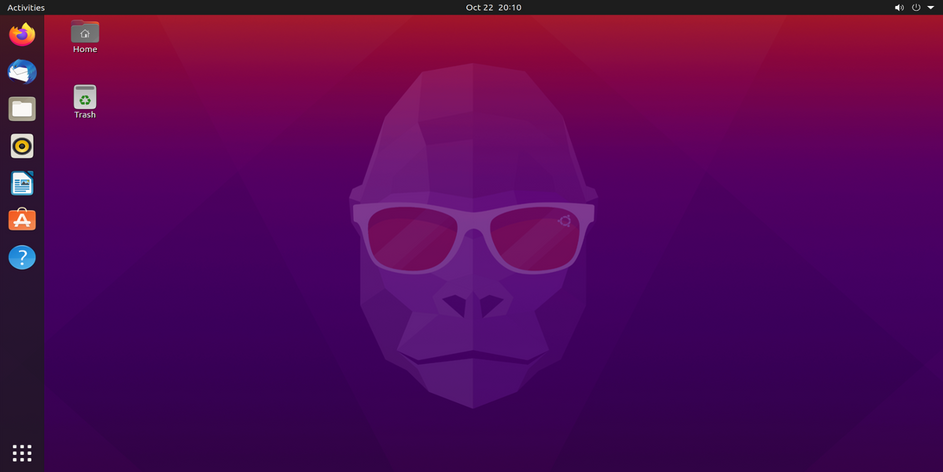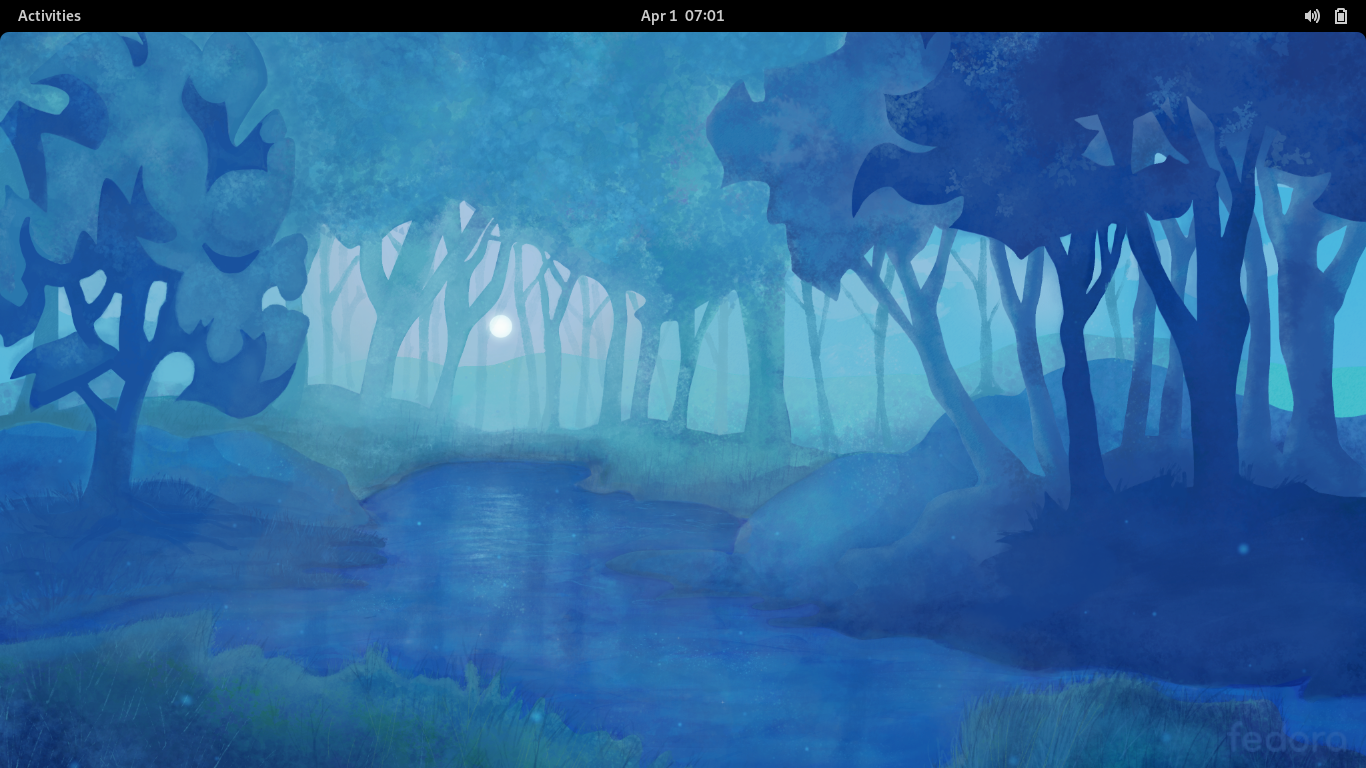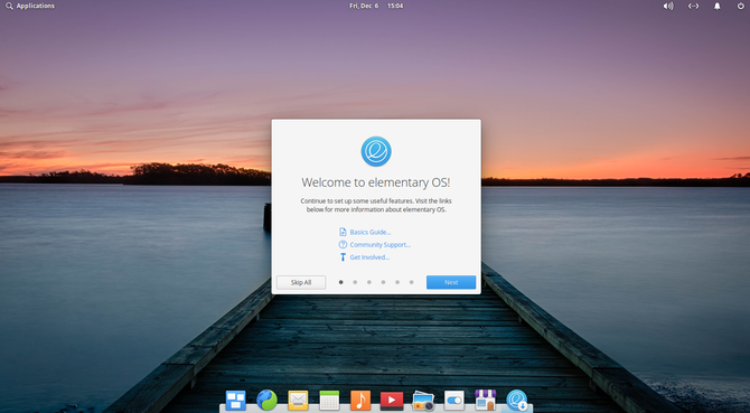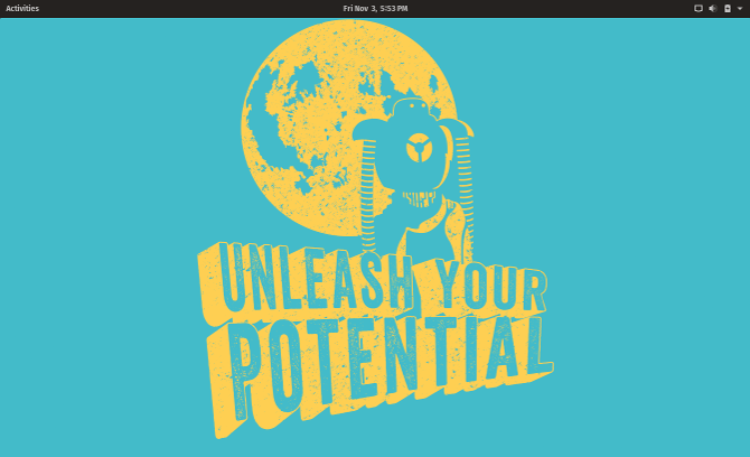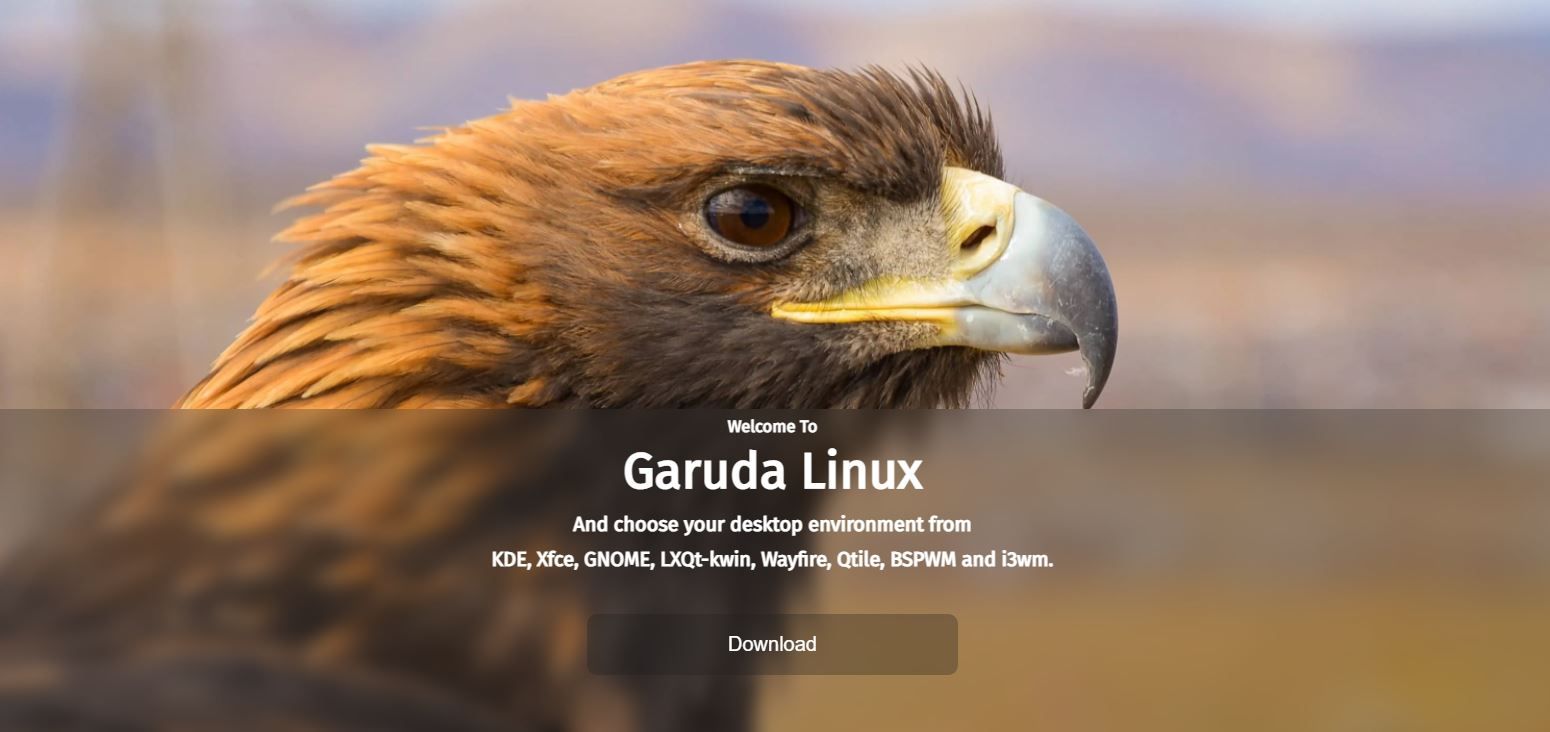We're four months into 2021 and a lot of major Linux distribution updates are right around the corner after constant development over the past few months.
These updates are expected to bring an assortment of new features, performance improvements, and better hardware support alongside the latest Linux kernel.
Here are some of the most exciting Linux distribution updates to look forward to this year.
1. Ubuntu 21.04
Ubuntu, the most popular Linux distribution out there, is set to release its first of the two updates of 2021, Ubuntu 21.04 Hirsute Hippo stable release, on April 22, 2021. Furthermore, Ubuntu 21.04 is now also available in the public beta stage for enthusiasts to get their hands on the latest software and will be shortly followed by a release candidate on April 15, 2021.
This update is supposed to be a regular short-term release, which will be followed by the Ubuntu 21.10 update later this year in October.
Even though Hirsute Hippo doesn't come with any jaw-dropping features, it is still an important update to the Ubuntu ecosystem as it comes with the Linux 5.11 kernel for better hardware support, the latest updates for built-in applications, and GNOME shell enhancements.
The highlight of this update seems to be the introduction of private home directories, which fixes the security vulnerability that was reported over a decade ago.
However, Ubuntu 21.04 will not be arriving with the latest GNOME 40 and will stick to GNOME 3.38 until applications are updated to support the new GTK 4.
2. Fedora 34
The Fedora Project recently announced the beta release of the latest iteration of its Linux distribution, Fedora 34. This marvelous Linux distribution is now in its beta stage and is soon expected to release its stable version to the public.
Fedora 34 comes with extensive changes to look out for. It features the latest GNOME 40 desktop environment, making Fedora 34 one of the first distributions to provide the modern experience of the latest GNOME software out of the box.
Additionally, Fedora 34 has made major strides in optimizing user experience by enabling BTRFS transparent compression to save disk space and extend the longevity of your SSD, whilst improving read and write speeds.
Other notable changes include a new i3 tiling manager spin, PipeWire replacing PulseAudio daemon, systemd-oomd daemon for better handling of out-of-memory situations, and an updated toolkit for developers.
See our article on the latest features of Fedora 34 for more details.
3. Elementary OS 6
Elementary OS 6 Odin is the much-awaited release that a lot of fans have been waiting for since the success of Elementary OS 5 Hera.
This Linux distribution is quite popular thanks to its design, its Pantheon desktop environment, and its overall philosophy. Elementary OS doesn't provide any estimated release dates—it will be released when it's ready, as they say.
Even though the release date seems to be a mystery, some of the expected features aren't. From the design perspective, Elementary OS comes with an overall better dark theme for all its native applications, more rounded corners, better typography, new iconography, and a refreshing stylesheet with 10 accent colors to choose from.
Elementary OS doesn't leave any stones unturned in terms of performance either. A significant amount of optimizations have been made to reduce the inter-process communication between desktop components, removing unused code, and reducing disk I/O (especially important on lower-clocked processors and slower storage mediums like SD cards).
4. Pop!_OS 21.04
System76's Pop!_OS has gained a lot of traction over the past couple of years and is considered to be one of the best Ubuntu-based Linux distributions. Pop!_OS takes the underlying Ubuntu base and combines some additional features like auto-tiling, stacking, and keyboard shortcuts to provide a unique flavor to the distribution.
While not much has been reported about the 21.04 version of Pop!_OS, some predictions could be made on the basis of its Ubuntu base.
It will be interesting to see if it adopts GNOME 40 (unlike Ubuntu) or pivots towards the newer version of the GNOME desktop environment. Other fixes and enhancements from Ubuntu will also be directly transferred to Pop!_OS.
5. Garuda Linux
Garuda Linux is the newest Linux distribution on this list. It's a feature-rich Arch-based distribution that is unlike anything out there. Garuda Linux provides an extensive list of specialties starting with a simple GUI-based installation through Calamares, BTRFS filesystem by default, Garuda Assistant, Garuda Gamer, Zen kernel, and a lot more.
But what makes Garuda Linux really noteworthy is the number of customizations it provides out of the box, especially the Dr460nized version of KDE. Right from the wallpaper to the gaussian blur, everything has been customized to provide a more vibrant interface, something that will surely turn the heads of a lot of people.
If you don't prefer the KDE desktop environment, Garuda Linux still provides other options including GNOME, XFCE, Cinnamon, LXQt, and more.
This distribution is the young blood among all the distributions and it is quite evident from the looks of it. It will be interesting to see how this distribution evolves to live up to its hype. As a rolling distribution, there aren't any fixed point release schedules, but the future does look bright for Garuda Linux.
Which Linux Distro Is Right for You?
With hundreds of Linux distributions available for enthusiasts to pick from, the list of updates and advancements that are expected to be shipped seems to be never-ending.
However, this is also one of the reasons why Linux is so loved among tech enthusiasts: the freedom of choice. While popular distributions like Zorin OS may focus on optimizing their software further, it is refreshing to see new contenders like Garuda Linux providing an unparalleled experience.


